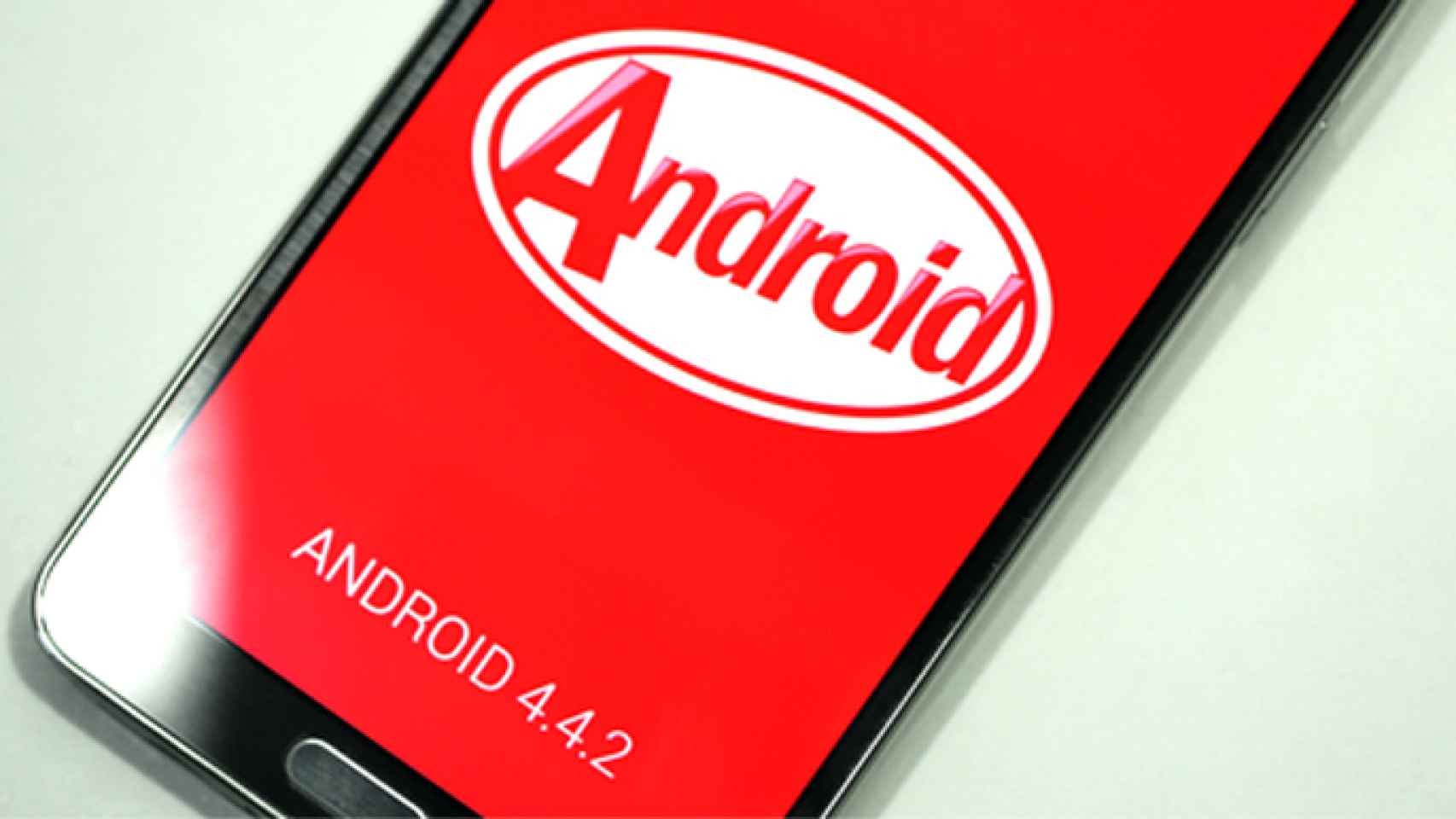Handling applications on an Android device can sometimes be a bit puzzling, especially if you’re dealing with APK files or stubborn apps that don’t seem to uninstall the usual way. If you are curious about how to uninstall APK files or manage apps without an uninstall option, this article simplifies the process for you.
How to Uninstall an APK?
APK stands for Android Package Kit, which is the file format used by the Android operating system for the distribution and installation of mobile apps. Now, if you’ve simply downloaded the APK file and have not installed it yet, uninstallation is as simple as deleting any other file on your device. You can locate it using a file manager app and delete it directly from your device's storage.
However, if you’ve already installed the app that came from an APK file and wish to uninstall it, here’s what you do:
1. Locate the app in your device's app drawer.
2. Tap and hold the app’s icon and either drag it to the “Uninstall” bin that appears at the top of the screen or select “Uninstall” from the options menu, if available.
3. Confirm that you want to uninstall the app when prompted.
Does Deleting APK Delete the App?
Deleting an APK file does not automatically remove the application that has been installed on your device. Consider the APK as a box that carries a toy - once you have unpacked the toy and started using it, throwing away the empty box doesn't affect the toy you’re playing with. The APK file is only necessary to install the app, and once that’s done, the system only requires the installed files.
How to Uninstall Apps on Android That Don't Have an Uninstall Option?
Some Android apps, particularly those that come pre-installed on the phone, do not offer an easy, direct way to uninstall them because they are deemed as system apps. However, disabling them is usually an option, which can free up some of your device's resources even if it doesn't liberate the storage space they consume. Follow these steps to disable such an app:
1. Go to “Settings” on your device.
2. Scroll down and select “Apps” or “Application Manager” (this may vary slightly depending on your Android version).
3. Find and select the app you want to disable.
4. Tap “Disable” and confirm your action.
For those who want these apps fully uninstalled, it is trickier and often requires rooting your phone. Rooting provides deeper access to the system’s directory, but it is a complex technique that can potentially harm your device and should be done judiciously.
How Do I Uninstall an App That Has No Name and No Icon in Android?
Sometimes, you might come across an app that neither has a name nor an icon, making it particularly challenging to identify and remove from your device. Uninstalling such apps can be achieved through the following steps:
1. Install a third-party app like "App Inspector" from the Google Play Store.
2. Open the app and browse the list to find the unnamed app. These are usually characterized by their package name, e.g., “com.example.appname”.
3. Note the package name of the suspect app.
4. Go to “Settings” and under “Security”, enable “Unknown sources” if it’s not already enabled.
5. Open Google Play Store, go back to your search bar, and type in the package name to check if the details of that app come up.
6. If the app detail shows up, there should be an “Uninstall” button on its page unless the app is a system app.
Alternatively, apps with no name or an icon can also indicate a software problem. You might need to enter Safe Mode on your Android device and try to locate and uninstall the app from there, since this mode disables third-party apps that could be causing issues.
Understanding these tips will help you manage your device apps more effectively. Always be cautious when uninstalling system apps, as removing core system applications can damage the OS. If unsure, seeking professional advice can prevent potential issues arising from system app removal.


